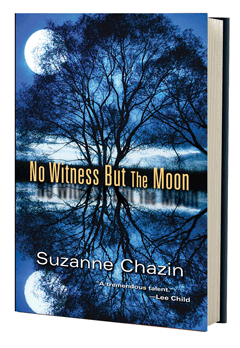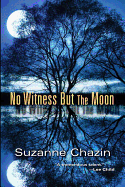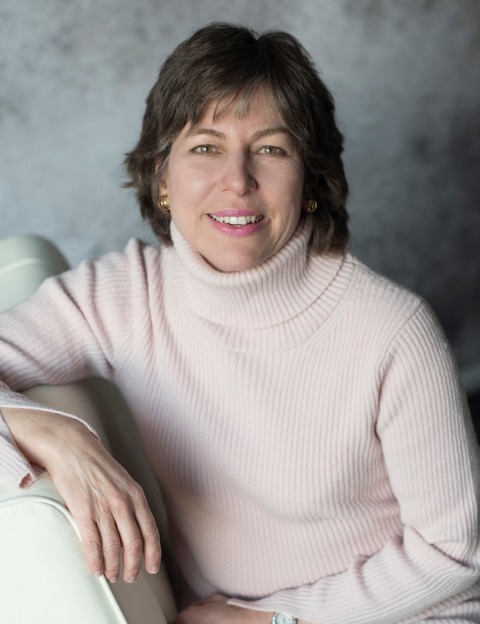No Witness but the Moon
by Suzanne Chazin
Suzanne Chazin's third Jimmy Vega mystery starts with an explosive opening chapter; the red-hot intensity continues to the very end. Chazin's Hispanic police detective is investigating a fatal robbery likely connected to a string of increasingly violent home invasions when the dispatcher reports a similar crime in progress, with shots fired. Believing the same gang could be striking again, Vega takes the call, is first on the scene and finds himself at the residence of a famous Hispanic musician, Ricardo Luis. Luis is armed and chasing another Hispanic male down the driveway. As Vega directs Luis to drop his weapon, the unidentified man escapes into the wooded region behind the house. Vega gives chase, catching up to the suspect, who is facing away from him and refusing to show his hands. Vega repeatedly directs the suspect to put his hands where Vega can see them; instead the man reaches inside the pocket of his winter coat and abruptly turns around.
"One. Two. Two seconds. That's all the time a police officer has to make a decision.
"One. Two. A lot can happen in two seconds.
"An object can fall sixty-four feet.
"A bullet can travel a mile.
"And an indecisive cop can become a dead one.
"Vega wasn't aware of squeezing the trigger. But he heard the shots. Like burst balloons."
As the man's body falls in response to one of the first shots, a subsequent bullet shatters his skull.
Still convinced the man had a gun, Vega is searching for the weapon when backup arrives and removes him from the scene. No witnesses, no gun, one dead man and two insanely stress-filled seconds that demanded Vega make the most critical decision of his life. Now he will never be the same.
With such a high-octane beginning, readers might be inclined to think Chazin can't maintain the momentum, but they'd be incorrect. Her examination of a police officer shooting is compassionate, well-researched and carefully presented from the perspective of one who may be the less sympathetic party, making it gripping and insightful. As the psychological repercussions begin to clamor in Vega's head, outspoken activist Ruben Tate-Rivera beats his drum of justice, claiming Vega executed an unarmed man and inciting people to demonstrate. Tate-Rivera also pressures Vega's girlfriend, Adele Figueroa, former attorney and founder of the immigrant outreach center La Casa. Tate-Rivera insinuates that as a leader in the Hispanic community, if she does not immediately demand a grand jury investigation--before all the facts are available to her--she will be forced from her position at La Casa. Both Vega and Adele find themselves trapped.
"Adele would look like a hypocrite if she sided with Vega. She'd look like a heartless careerist if she didn't. So she held her tongue--which was unfortunately attached to her heart--while they both stumbled about in their separate prisons of guilt and grief. His over what he'd done. Hers over what she could not do."
With sensitivity and authenticity, Chazin digs deep into the humanity of tragedy, never forgetting that real flesh-and-blood people are involved and the answers are rarely black and white. Vega's shooting is also not the only focus of this emotionally charged installment to Chazin's series.
As with the two previous novels, Land of Careful Shadows and A Blossom of Bright Light, Chazin integrates the struggles faced by immigrants to the U.S. In No Witness but the Moon, that struggle is tied to the family of Vega's victim, Hector Ponce. Marcela Salinez, Ponce's daughter and Adele's babysitter, is struggling to hold her family together since her own daughter, Yovanna, arrived from Honduras. Plagued by the horrors of her traumatic trip, the language barrier and the feeling of being an outsider in her mother's new family, Yovanna is acting out and Marcela does not know how to help her. Pulling Marcela from the other direction, her husband complains about the new family member's behavior, as well as the financial and emotional stress her presence is creating in their household. But these problems seem insignificant when Marcela receives an extortion threat demanding $8,000 still due for her daughter's delivery to the United States, a transaction conducted by her dead father. All the forces acting on Vega and his loved ones, and Marcela and hers, ultimately return to one question: What was Ponce doing at Luis's home on that fateful night?
The complexity and skillfully meticulous weaving of plot lines make No Witness but the Moon thrilling and thought provoking. Despite the many layers, Chazin's story unceasingly charges forward, never lagging or becoming mired in unnecessary detail. Her passion and openness, obvious in every page, make the novel a hauntingly powerful bullet straight to the soul. --Jen Forbus








